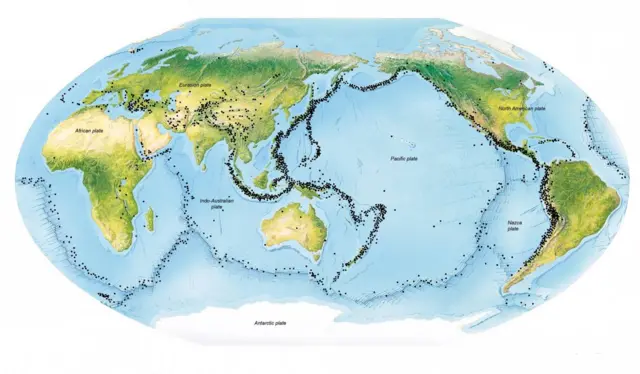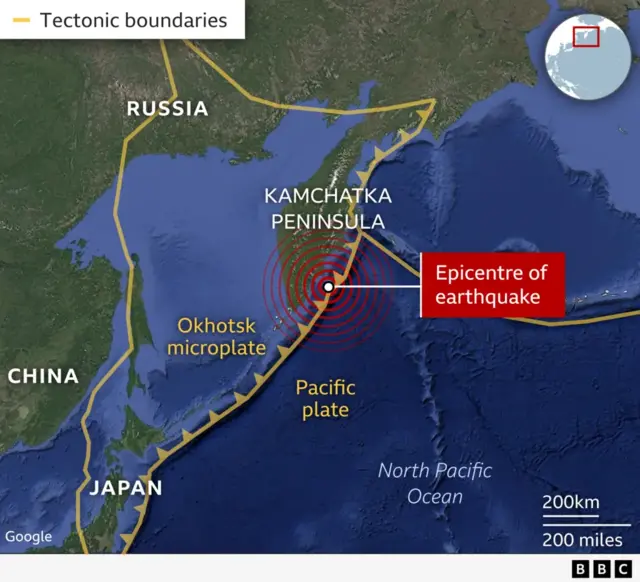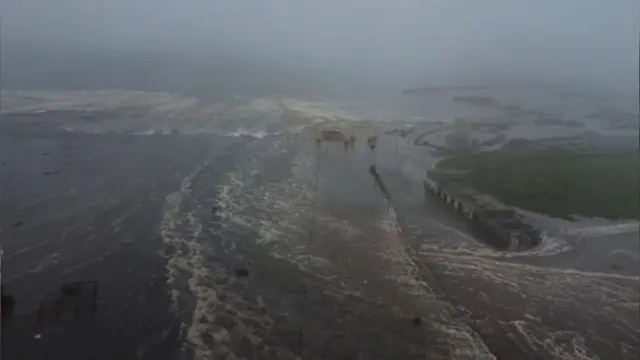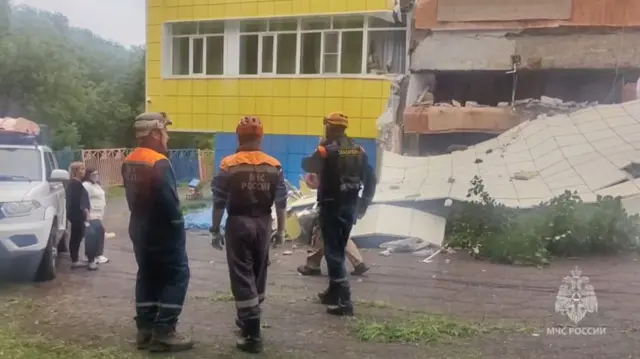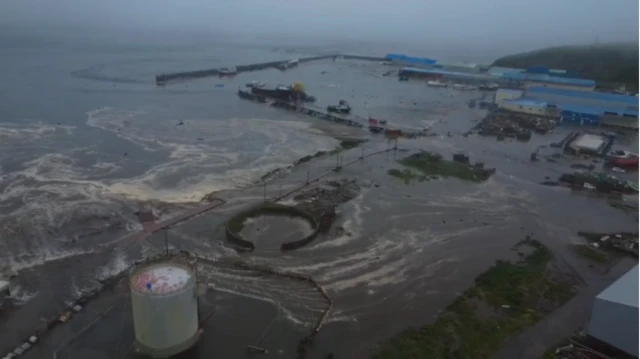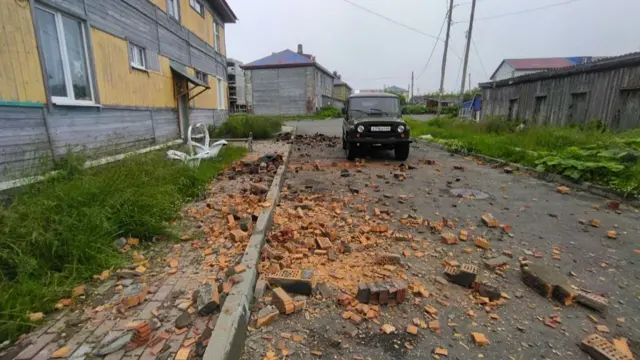How one of the strongest earthquakes in modern history unfoldedpublished at 18:13 BST 30 July
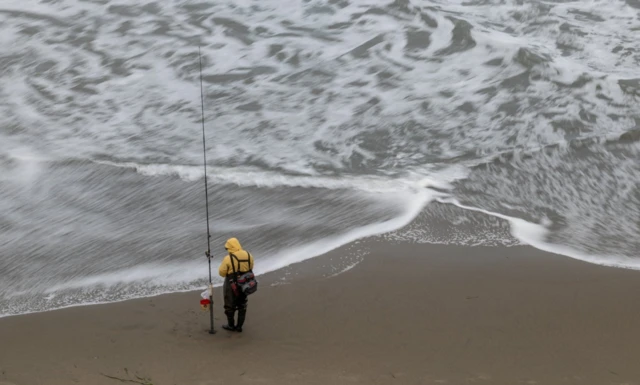 Image source, Reuters
Image source, ReutersOcean Beach, California on Wednesday
At 11:25 local time on Wednesday (00:25 BST), the sixth most severe earthquake in recorded history struck off Russia's far eastern coast.
About 17 hours later, the worst threat appears to have passed.
With a massive magnitude of 8.8, the earthquake near Russia's Kamchatka Peninsula sent tsunami waves towards Japan, Hawaii and the US west coast.
In the following hours, more than two million people across the Pacific were ordered to evacuate, with alerts also issued in China, the Philippines, Indonesia, New Zealand and as far as Peru, Chile and Mexico.
"The disaster we were expecting did not come," a Hawaii tourist told the BBC, half a day after the quake struck. The Russian government says there has been no casualties.
As international alerts are lifted, we are ending our live coverage.
We'll be keeping our eyes on any further tsunami and earthquake updates here.

